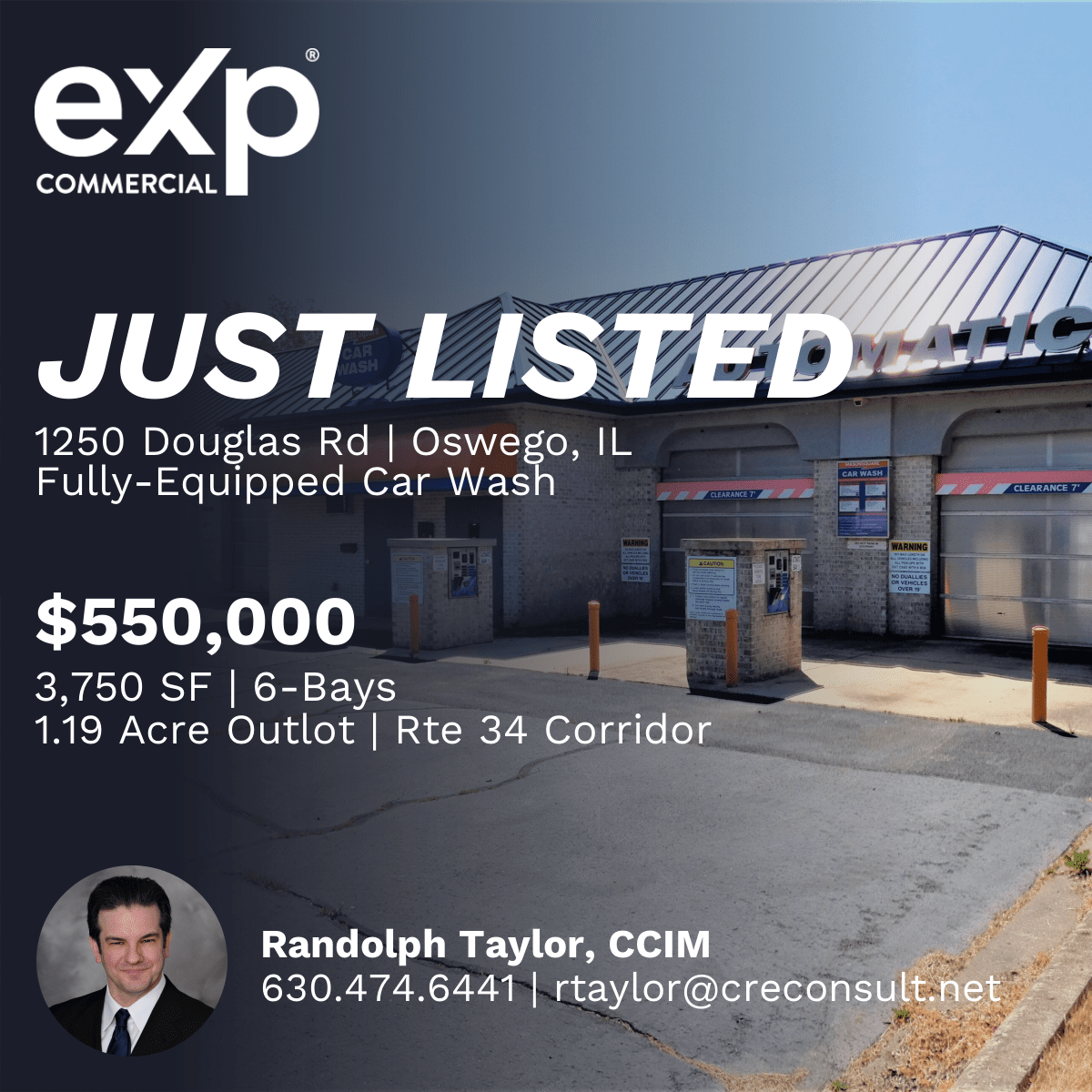
Analyst: Weak Macro Data Can Obscure Local Opportunities
Don't overlook opportunities just because macro-level numbers suggest the market isn't performing well.
Investors can and should closely evaluate the macro trends, considering population growth, job growth, household formation, income levels, and all the other major metrics.
But investors also need to dig under the surface, according to John Chang, National Director of Research and Advisory Services, Marcus & Millichap.
“As a friend of mine says, ‘Use a shovel, not a rake’ ” Chang said.
Chang said he encourages investors to look at macro-level factors when choosing market opportunities, but also, “not to overlook opportunities just because the macro-level numbers suggest the market isn’t performing well.
“By the same token, there are some markets that have really strong macro-level drivers, but they still may have poorly performing sub-markets.”
Population growth is a primary macro data point, he said.
“Investors often lock in on the strongest growth markets as a jump-off point for their investment strategies and aligning with that there has been a distinct increase in the flow of capital to the strongest population growth markets,” he said, pointing out those are mostly in the Sunbelt, including the southeast, the south, and the southwest.
But the two main markets in the mountain states, Salt Lake City and Denver are also up there, according to Marcus & Millichap.
For example, in 2010, these states comprised about 21% of the total commercial real estate sales dollar volume. By 2019, the dollar volume share going to those states was up to 27%.
Then as southward migration surged through the pandemic, this region’s share of commercial real estate dollar volume pushed up to the 34% range.
That wave of capital was a significant factor driving down Sunbelt cap rates in 2021 and ’22.
“Then as the Federal Reserve raised interest rates last year, the transaction flow ebbed and the share of investment capital to the Sunbelt receded to about 31%,” Chang said. The point is, “Capital has been following the population,” he said.
Chang said when he shows a map with dots on markets with population growth, some investors “are actually seeing giant bull’s eyes, but I have to remind them that there’s a lot more to the equation than just finding the fastest growing metros.”
Chang said some markets have fantastic growth on a macro level but still have significant local nuances that drive performance and opportunity
“By the same token, investors often look past metros that have weaker macro-level indicators, and as a result, those investors miss out on opportunities.”
Portland, Ore., is another example, albeit an “extreme” one, Chang said.
Its population has shrunk over the past couple of years and its apartment vacancy rate is a bit soft, up about 70 basis points from Q4 2019.
But when drilling into some of its suburban submarkets, the story is different.
The apartment vacancy rate in the Hillsborough submarket is 70 basis points lower in the first quarter of 2023 from Q4 2019.
The Southwest Portland submarket also has a lower vacancy rate, and the Vancouver submarket vacancy rate is flat compared to 2019.
“Bottom line is, don’t toss out markets just because they have weak macro level numbers, they could still have outperforming sub-markets and assets,” Chang said. “Yes, I’m cherry-picking data for this video but isn’t that what investors should be doing? Cherry-picking the best of the best. Dig under the surface, but remember, keep your eyes on the horizon.”
Source: Weak Macro Data Can Obscure Local Opportunities
https://www.creconsult.net/market-trends/weak-macro-data-can-obscure-local-opportunities/ [section]
[section]
 [ux_text text_align="left"]
[ux_text text_align="left"]


